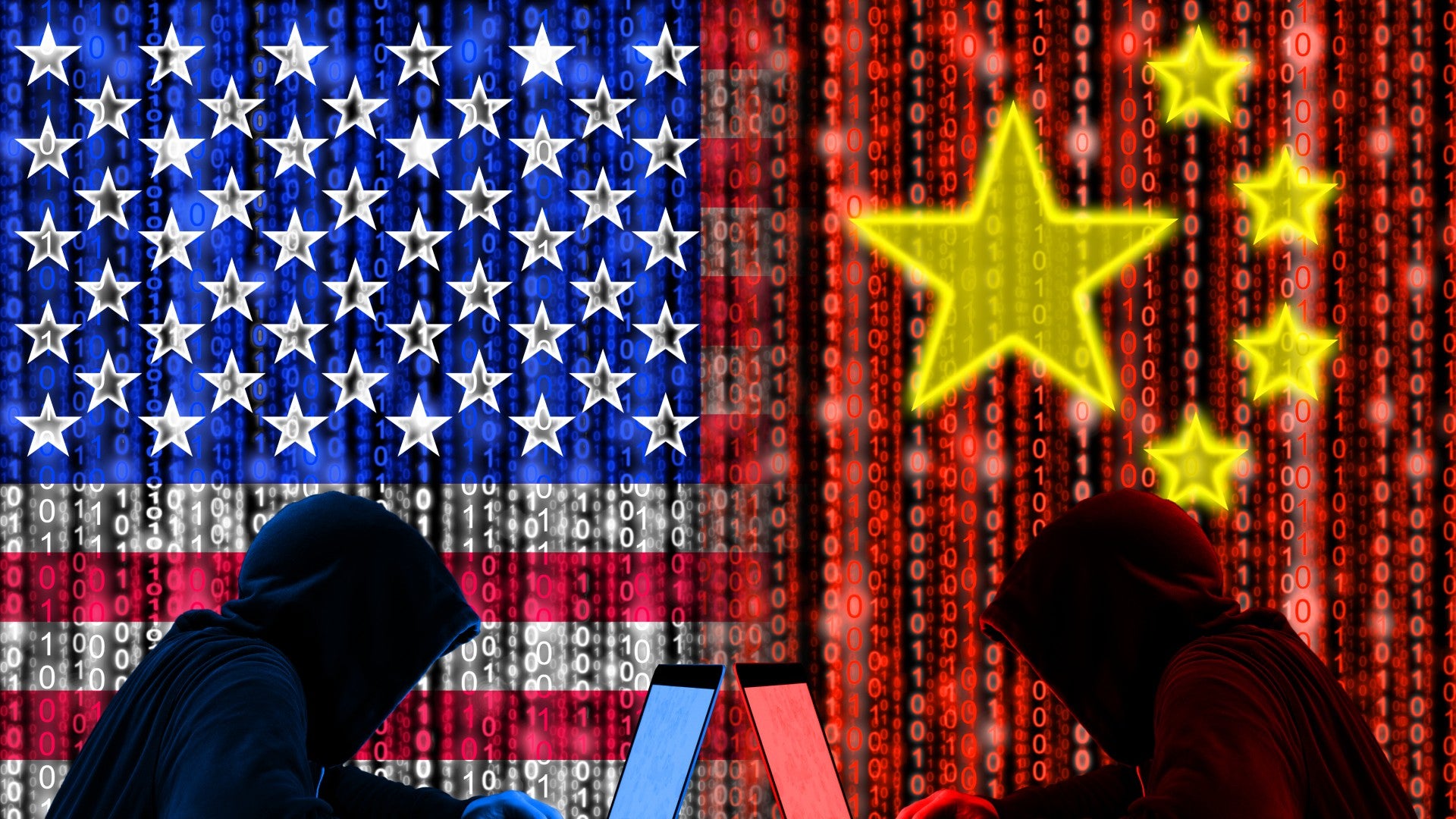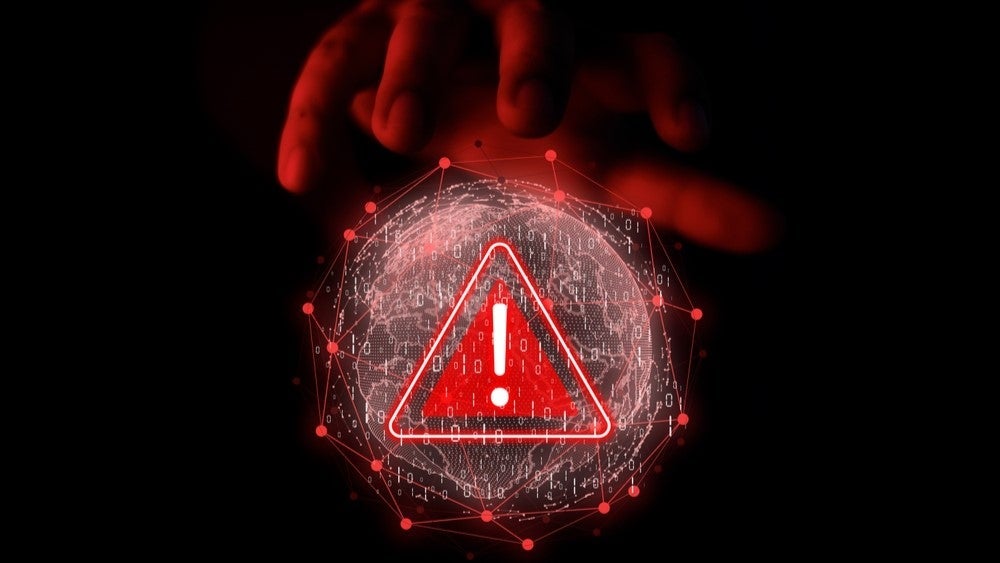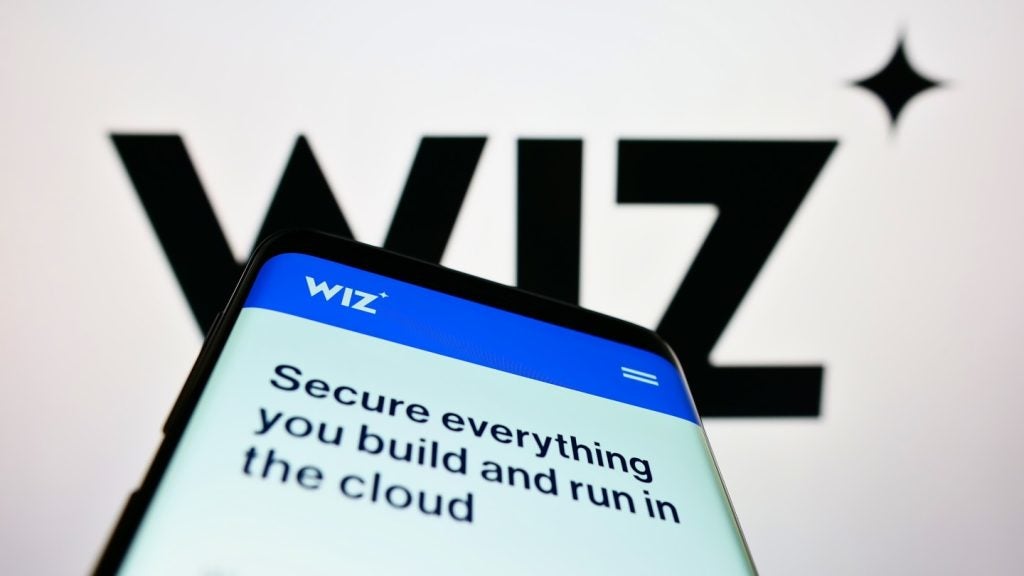
On 26 February, China announced the latest in a series cybersecurity spend increases to match US increases. China’s Ministry of Industry and Information Technology plans to contain “major risks” to the nation’s industrial sector by the end of 2026.
According to documentation published on the ministry’s website, the move will affect over 45,000 companies in the industrial sector, to include the top 10% in terms of revenue in each Chinese province. The increased spending will include running data security training sessions and providing new jobs for data security professionals as well as providing emergency drills.
In 2023, Reuters reported that the Chinese government was speeding up its transition from Western-originated technology to homegrown alternatives, particularly in the finance and digital payments space. According to anonymous sources gathered by the publication, a major driver behind the increased pace of transition is fear of vulnerability to hacking. Much of the country’s payment and telecoms infrastructure relies on US technology companies.
This fear is echoed in the West, particularly in the US. On 18 February, FBI director Christopher Wray said the agency was “laser-focused” on Chinese malware attacks, declaring them to have reached “fever pitch”, according to the Financial Times.
A primary concern for the US is Volt Typhoon, a Chinese hacking group that was revealed to have embedded itself in key US infrastructure including water, aviation and maritime networks for as long as five years. The Guardian explains that the infiltration uses “living off the land techniques”, which means that the malware does not secrete its own files. This allowed the software to hide for a long time without detection but also leaves the exact aims of the group unclear.
A recent leak reported by user @AzakaSekai on Twitter/X and verified by The Associated Press also provides an insight into Chinese hacking operations. The spyware detailed allows operatives to infiltrate users’ Twitter accounts, gather information including associated phone numbers and email addresses and post on their behalf.
How well do you really know your competitors?
Access the most comprehensive Company Profiles on the market, powered by GlobalData. Save hours of research. Gain competitive edge.

Thank you!
Your download email will arrive shortly
Not ready to buy yet? Download a free sample
We are confident about the unique quality of our Company Profiles. However, we want you to make the most beneficial decision for your business, so we offer a free sample that you can download by submitting the below form
By GlobalDataOne of the companies, I-Soon, boasted in the documentation that it had infiltrated the Pakistani anti-terror centre, Afghani national security council and Thai finance and commerce ministries. These claims are not yet independently verified. The scope of these attacks is wide, but cybersecurity experts are sceptical of their efficacy as many of the tools amount to simple phishing attacks. Nonetheless, it is unlikely to dispel mounting fears in the US.
While it is not known what the increased focus on cybersecurity is costing each government, a recent US executive order sheds some light on the matter. On 21 February, the Biden-Harris administration pledged over $20bn to develop US port infrastructure with a particular focus on cybersecurity, including replacing Chinese-made cranes with domestic ones.
GlobalData principal analyst, David Bicknell, told Verdict: “Last week, the Biden Administration issued an executive order to protect maritime infrastructure against cyberattack to the tune of $20bn. Specifically, the order referred to the US Coast Guard issuing a Maritime Security Directive on cyber risk management actions for ship-to-shore cranes manufactured by the People’s Republic of China located at US Commercial Strategic Seaports. This tit-for-tat on cybersecurity threats is likely to continue.”







